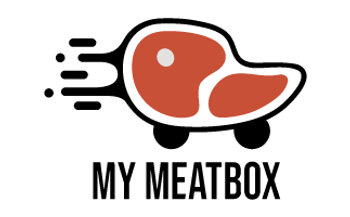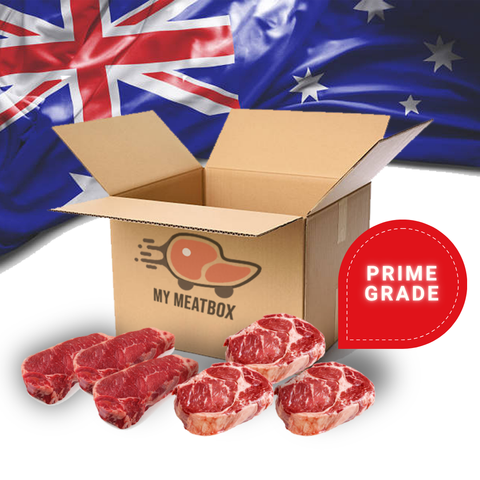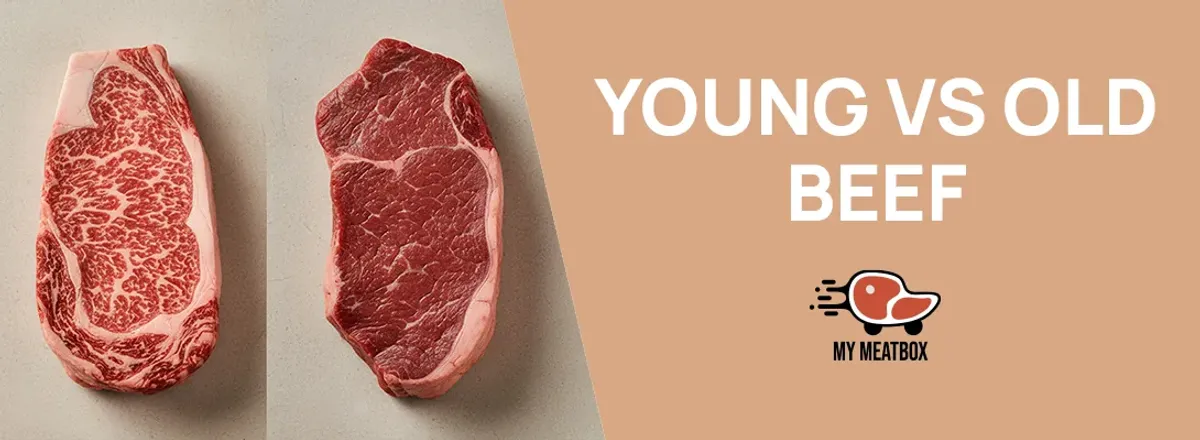
Young (“Prime”) vs Older Beef: What’s the Real Difference?
How age, marbling and diet change colour, tenderness and flavour—so you can pick the right cut and the right cooking method every time.
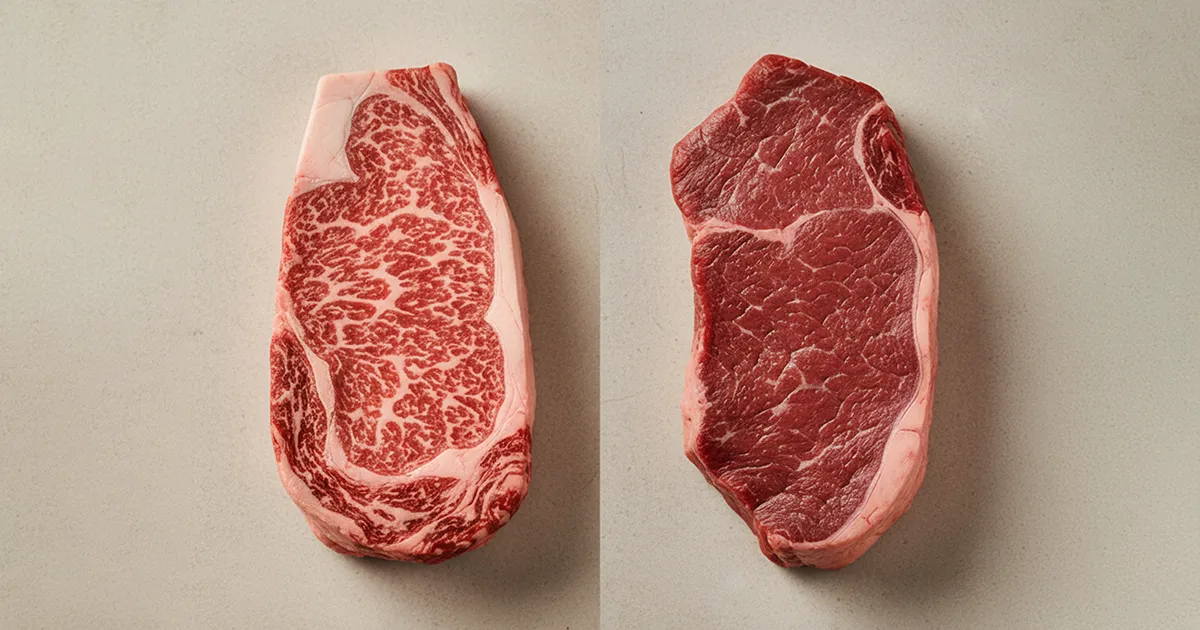
Order Australia Prime Steak Box
In two lines
Older cattle carry more myoglobin → lean looks darker red. Younger beef is generally more tender (fewer connective-tissue cross-links).
Marbling (intramuscular fat) supports juiciness and tenderness in quick sears—especially in rib/loin muscles.
Quick comparison
| What to compare | Young / “Prime” (store label) | Older / Mature |
|---|---|---|
| Lean colour | Brighter cherry-red | Darker red (higher myoglobin) |
| Texture & tenderness | Generally more tender | Denser connective tissue — benefits from low & slow |
| Marbling tendency | Often finer intramuscular fat → great for fast sear | Often leaner; deeper flavour with braise/stew |
| Best uses | Pan/grill steaks, 2.5–3.5 cm; quick roasts | Braise • Stew • Rendang; mince/slow roasts |
| Fat colour (diet effect) | White to cream | May look more yellow on pasture diets (carotenoids) |
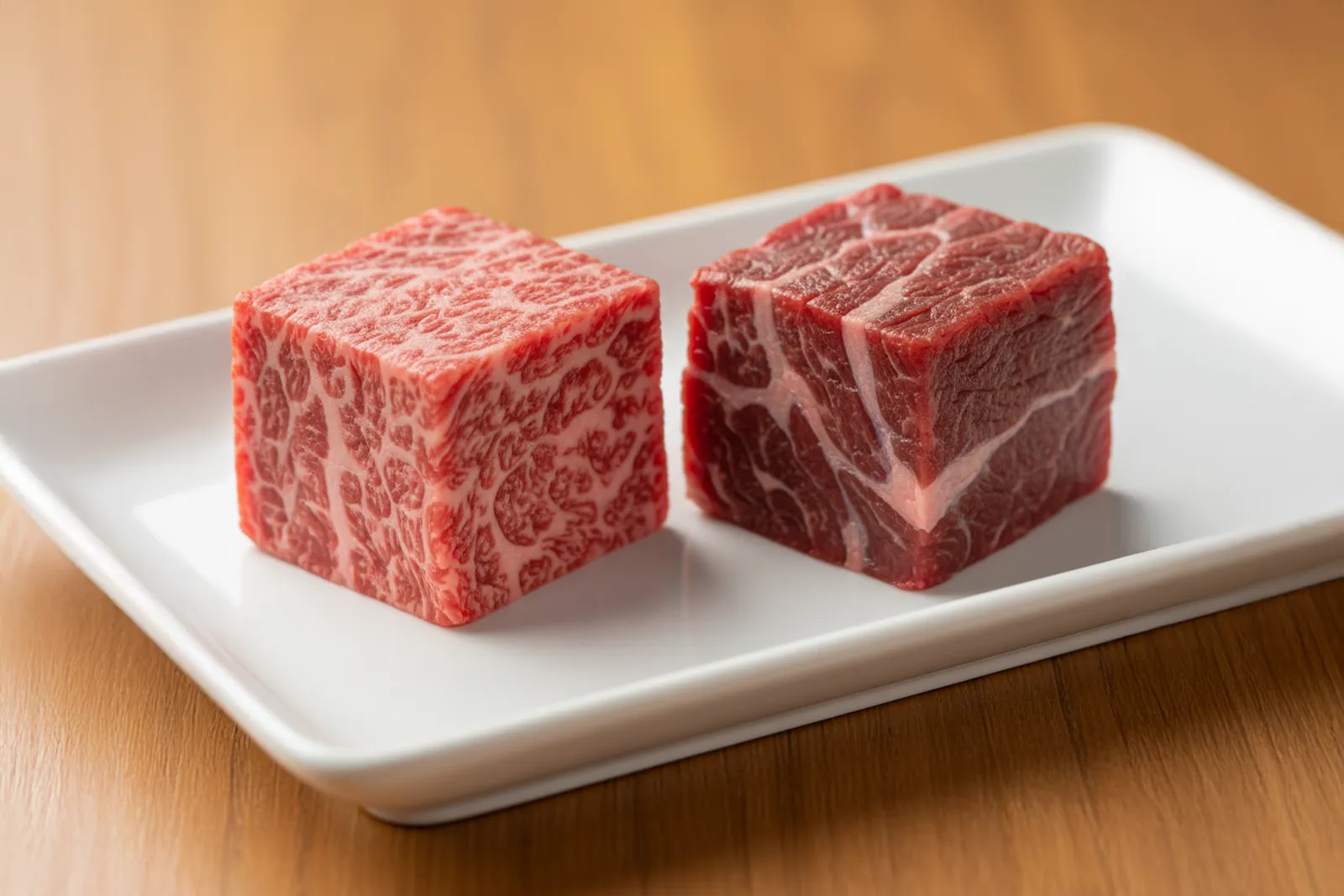
What actually changes with age?
1) Colour = myoglobin
Myoglobin is the pigment that makes red meat red. Older animals have more myoglobin, so lean looks darker. That’s normal—and not a freshness issue by itself.
2) Texture = connective tissue
As cattle mature, collagen forms more cross-links. Without time and moisture, those links reduce tenderness; with braise/stew, collagen converts to gelatin and turns tender.
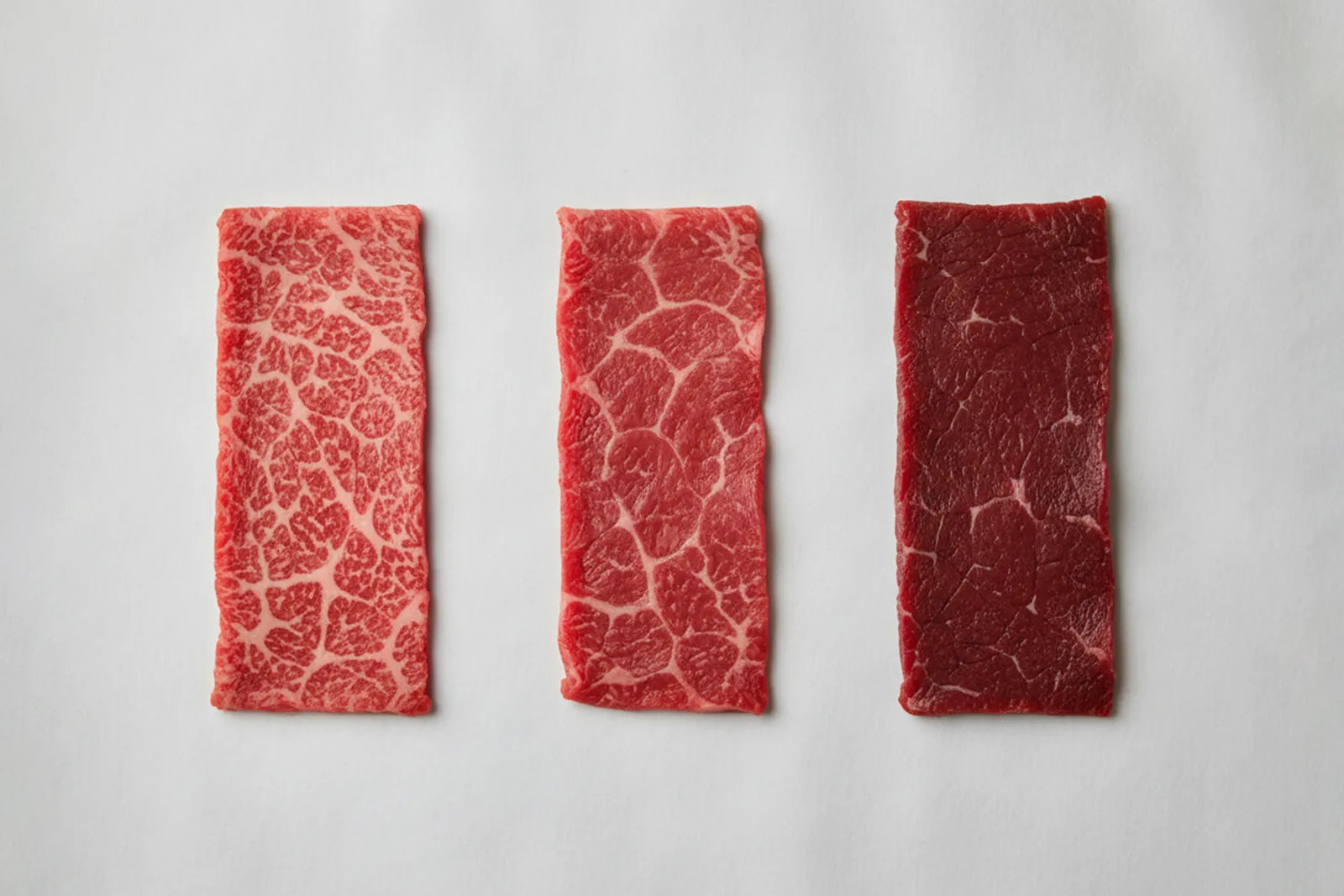
3) Marbling = eating quality in fast sears
Intramuscular fat cushions fibres and improves juiciness/tenderness—especially in quick-cook cuts from the rib/loin. This is why marbled ribeye/striploin perform so well on a hot pan.
Choose by cooking method
Fast sear / grill
- Best with marbled, younger beef (2.5–3.5 cm thick). Order the Prime Steak Box
- Pre-salt 40–60 min; preheat until water droplet skates (~230–250 °C surface).
- Rest 5–7 min before slicing so clear juices redistribute.
Low & slow (braise/stew)
- Ideal for older/leaner beef or cuts with more connective tissue.
- Moist heat + time converts collagen to gelatin → tenderness and deep flavour.
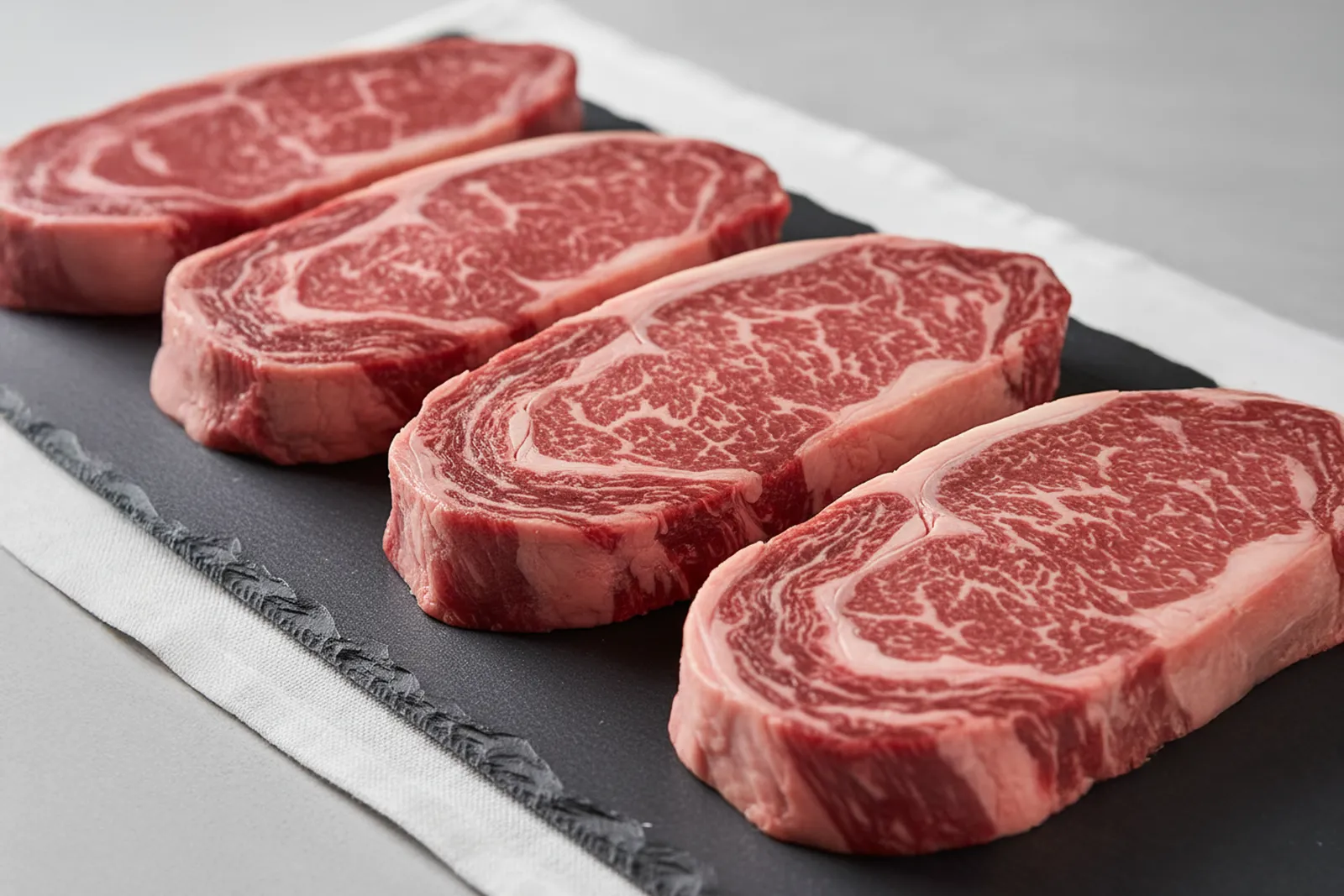
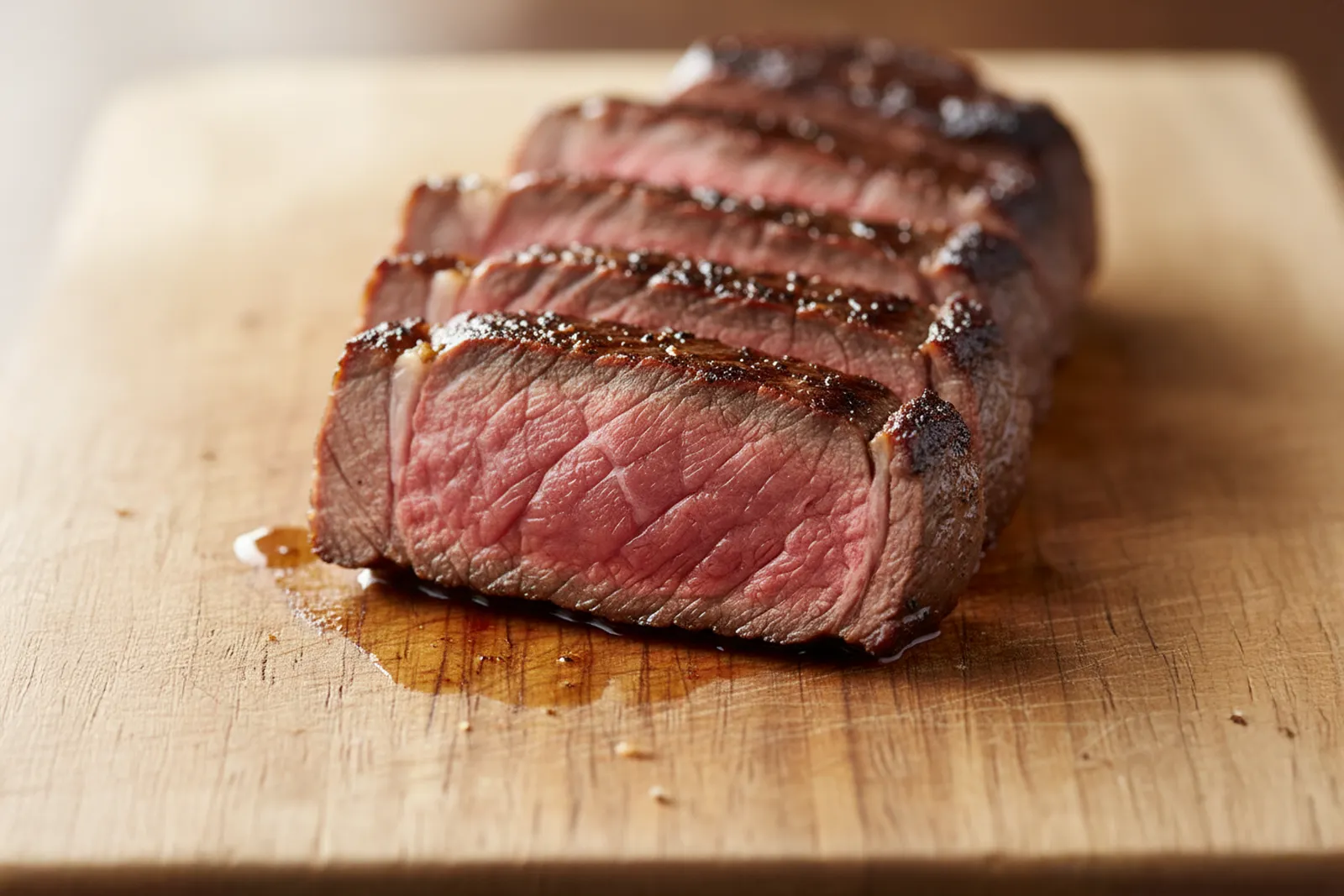
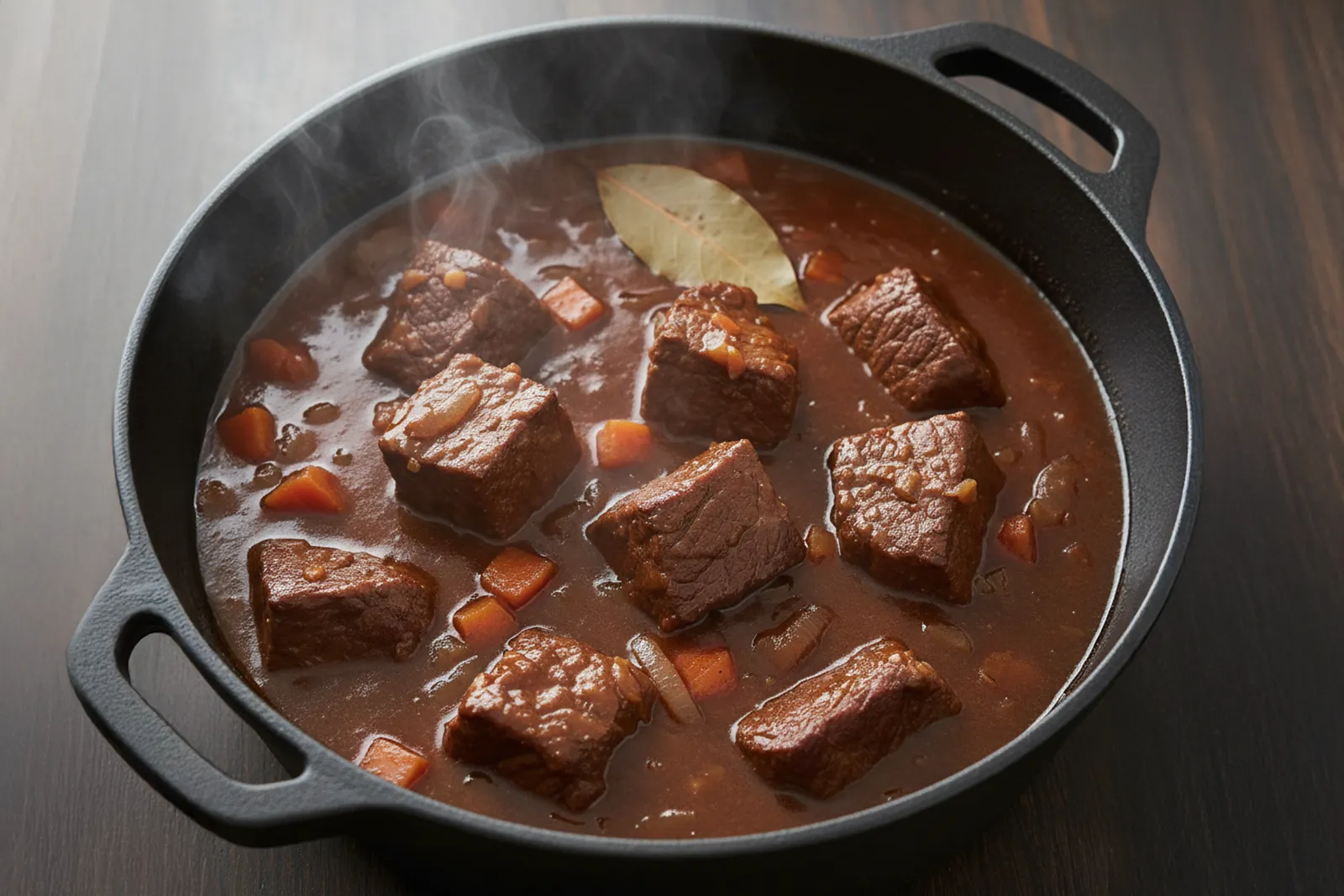
Ready to cook?
Get our Australia Prime Steak Box — vacuum-packed, halal-certified, grass-fed striploin & ribeye.
Storage & handling (home)
- Keep chilled at 0–4 °C; keep frozen at −18 °C.
- Thaw in the fridge; keep raw juices away from ready-to-eat items.
Halal-aware wording: we refer to clear juices (myoglobin-tinted water), not “blood”.
